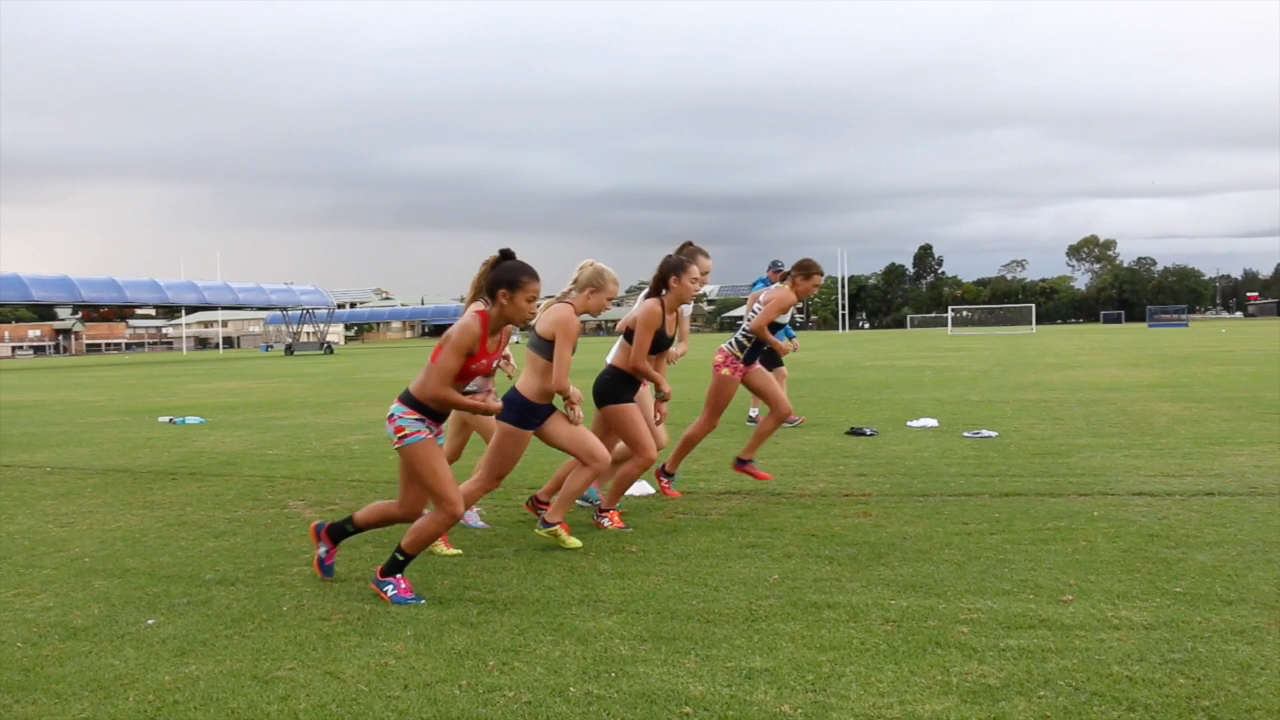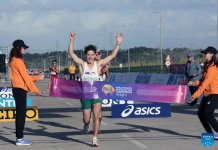Recently I received an email message from an athlete who is following one of my online training plans. In it, he asked, “Why do you only have one day off every three weeks?”
Although I did not ask the athlete why he asked this question, my assumption was that he was accustomed to training plans that include at least one day of rest every week and he was unsure if the plan he was following would afford him enough recovery. This question speaks to a general lack of understanding among athletes about the difference between rest and recovery that I would like to address here.
The purpose of a rest day—defined as a day on which no formal workouts are undertaken—is to promote recovery, or the processing of fatigue induced by prior workouts. But absolute rest is not always necessary for recovery. Often it is enough for an athlete to merely do less exercise than he or she is accustomed to doing on a daily basis. For example, if your average daily running volume is 6 miles, you may get enough recovery to process a week’s worth of accumulated fatigue by running 3 miles on a given day instead of resting outright.

Doctors use the term “relative rest” in reference to the practice of exercising some parts of the body while allowing an injured area of the body to rest for the sake of healing. For example, swimming would constitute relative rest for a runner with an injured knee. But I use the same term to refer to the practice of recovering from prior training by exercising less than normal instead of not at all. To go back to the example I gave in the last paragraph, a 3-mile run constitutes relative rest for a runner who normally runs 6 miles a day.
It goes without saying that the fitter you are, the more you can train on a designated recovery day without spoiling the intent of that day’s exercise. The professional runners I trained with in Flagstaff last summer often went several weeks without taking a day off from running. But a beginner or other athlete with a low fitness level may need to take a full day off from training at least once a week to avoid falling behind on recovery.
Triathletes can get relative rest from cycling and (especially) from running through swimming, both because it is a nonimpact activity and because it is an arms-dominant activity, whereas cycling and running are both legs-dominant. Bodybuilders achieve relative rest in a similar way by training different muscle groups each day. One study even found that inserting a swim between two runs actually accelerated recovery from the first run compared to resting outright between the two runs. For the most part, the notion that “recovery” sessions promote recovery is a myth (their true function is to provide an aerobic training stimulus in a way that does not impede recovery from prior training), but this is one exception.
Of course, you don’t need to be a triathlete to exploit relative rest in this fashion. Runners can split the difference between resting and running by doing a nonimpact cross-training activity such as riding an ElliptiGO. Why not simply rest? Because fitness is largely a function of training volume. The more you train (within your limits), the fitter you will get. For this reason, you don’t want to rest any more than you need to. This point is the final piece of the answer to the question I referenced at the beginning of this point.


























